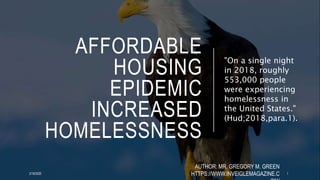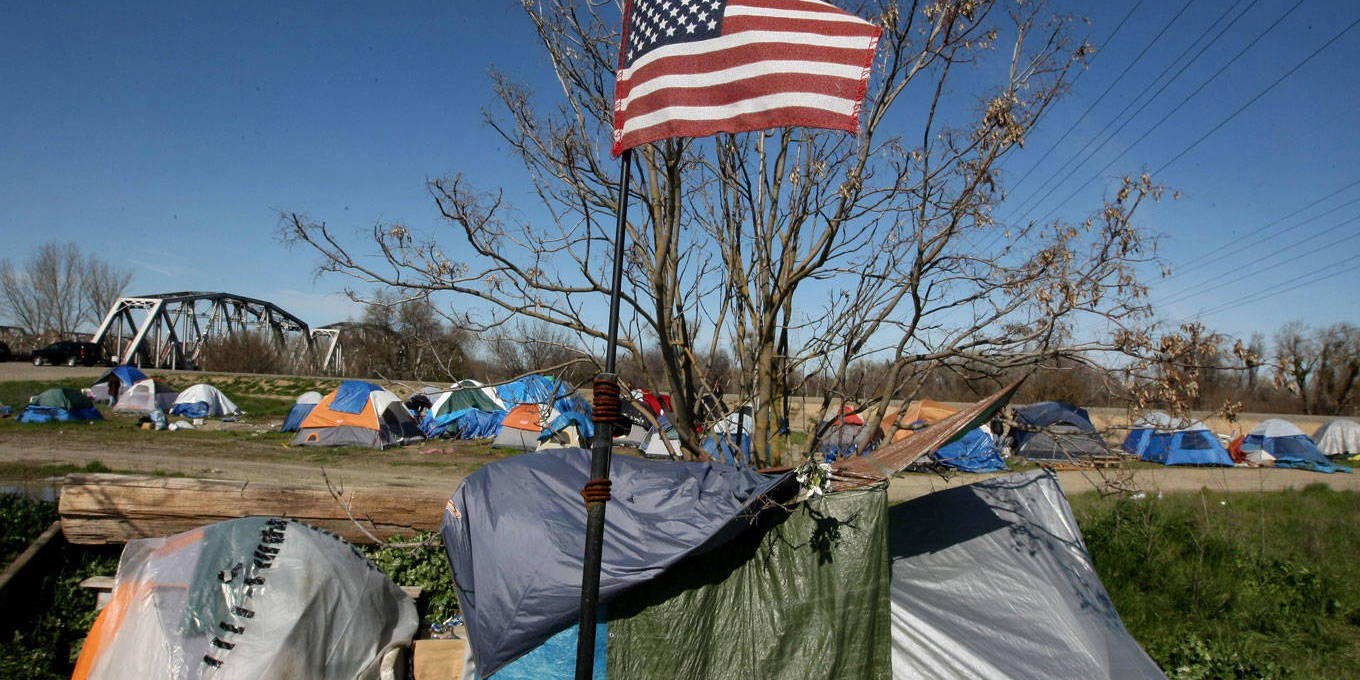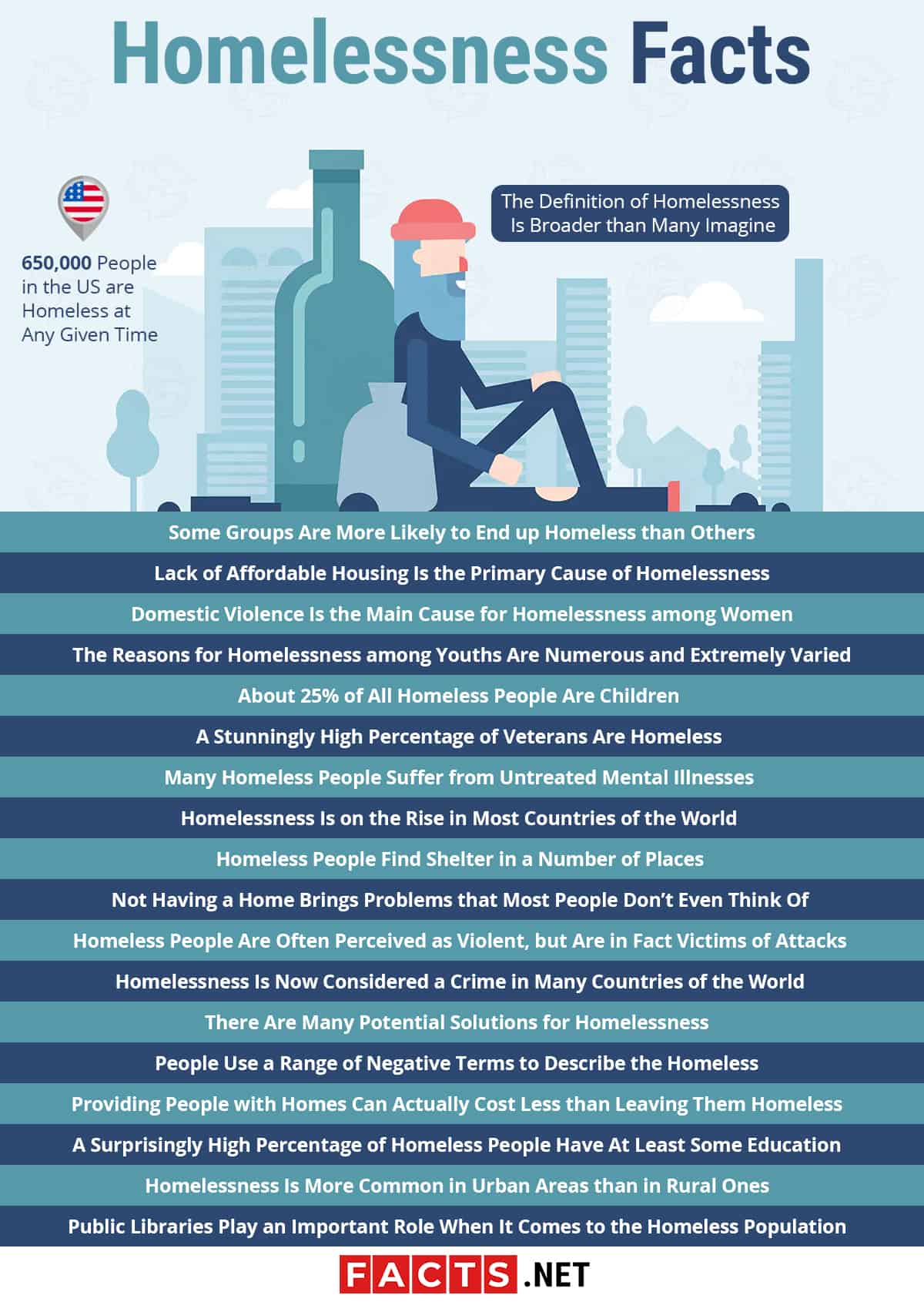
As we navigate the complexities of the present, it's essential to look towards the future and the challenges that lie ahead. The issue of homelessness and affordable housing is one that has plagued societies for decades, and it's crucial that we address these concerns with effective policies. In this article, we'll delve into the current state of homelessness and affordable housing, the projected landscape for 2025 and beyond, and the potential solutions that can help shape a better future for all.
The Current State of Homelessness and Affordable Housing
Homelessness is a pervasive issue that affects millions of people worldwide. The lack of affordable housing options, coupled with rising costs of living and stagnant wages, has led to a significant increase in homelessness over the past few years. According to recent statistics, the number of people experiencing homelessness has risen by
10% since 2020, with many more at risk of becoming homeless due to economic instability.
The affordable housing crisis is a significant contributor to homelessness. The scarcity of affordable housing options, including rental properties and homes for purchase, has led to a surge in housing costs, making it difficult for low- and moderate-income individuals to access stable and secure housing. This, in turn, has resulted in a rise in homelessness, as people are forced to choose between paying rent or mortgage and other essential expenses.
The Road Ahead: 2025 and Beyond
As we look towards 2025 and beyond, it's clear that the issue of homelessness and affordable housing will continue to be a pressing concern. The
PDF report on homelessness and affordable housing policy highlights several key trends that will shape the future of this issue. These include:
Increased focus on prevention and early intervention, with a emphasis on providing support services to individuals and families at risk of homelessness.
Growing recognition of the importance of affordable housing in addressing homelessness, with a shift towards increasing the supply of affordable housing options.
Greater emphasis on collaboration and partnership between government agencies, non-profit organizations, and private sector entities to address the root causes of homelessness.
Potential Solutions
So, what can be done to address the issue of homelessness and affordable housing? Several potential solutions have been proposed, including:
1.
Increasing the supply of affordable housing: This can be achieved through a combination of government subsidies, tax incentives, and partnerships with private developers.
2.
Providing support services: Offering support services, such as counseling, job training, and education, can help individuals and families at risk of homelessness to get back on their feet.
3.
Implementing rent control and tenant protection policies: These policies can help to prevent homelessness by limiting the amount by which landlords can increase rent and protecting tenants from eviction.
4.
Promoting community land trusts: Community land trusts can help to preserve affordable housing options by acquiring and holding land for the benefit of the community.
In conclusion, the issue of homelessness and affordable housing is complex and multifaceted, requiring a comprehensive and coordinated approach to address. By understanding the current state of homelessness and affordable housing, the projected landscape for 2025 and beyond, and the potential solutions that can help shape a better future, we can work towards creating a more just and equitable society for all. It's time to take action and make a positive impact on the lives of those affected by homelessness and housing insecurity.









